Jeoffry is, by now, one of the best-known cats in literary history. And unlike the Cheshire Cat, Mr Mistoffelees, Orlando, The Cat That Walked By Himself, Gobbolino or Behemoth in The Master and Margarita, he really existed. Protagonist of the most anthologised section of the mad poet Christopher Smart’s Jubilate Agno, the eccentrically spelled ginger tom now takes a fresh lease of fictionalised life in this jeu d’esprit.
Oliver Soden’s ‘biography’ of Jeoffry takes its most obvious bearings from another novelised animal biography, Virginia Woolf’s life of Elizabeth Barrett-Browning’s cocker spaniel, Flush. It is, if you’ll forgive me, a pretty feline performance. It’s at once a sly introduction to Christopher Smart and the literary milieu of 18th-century London (Dr Johnson’s cat Hodge gets a cameo, and mention is made of another contemporary, the ill-fated mog memorialised in Thomas Gray’s ‘Ode on the Death of a Favourite Cat, Drowned in a Tub of Goldfishes’), and a cat’s-eye view of 18th-century social history — from the brothels and theatres of central London to the treatment of mental illness.
It has a good deal, too, to tell the reader about cats. I had a cat for years and I never noticed, for instance, that it had three sets of eyelids — but Jeoffrytells us that they do. Also that they are lactose-intolerant (a suggested cause for Jeoffry’s kittenhood nickname of ‘Squits’), that they ‘run at a higher temperature than humans’, ‘are near-sighted’, and that they can purr in alarm as well as pleasure.
It is also, of course, a work of imaginative reconstruction, of fiction, even as its scholarly apparatus — endnotes, footnotes and index— bespeaks scrupulous research. I found myself marvelling — assuming the history is to be trusted — that a single cat, at a distance of 250-odd years, can be reliably traced from kittenhood in a London bawdy house, via its most celebrated owner, to sunset years in Devon (including an encounter with the infant Samuel Taylor Coleridge).
But it also poses the implicit question of how fictional biographies are in any case. ‘Jeoffry’s history is a murky one, and some imagination has to come into play,’ the author/narrator admits, after presenting a touching description of Jeoffry’s first encounter with Smart — bunting his head amiably against the poet’s ink-stained fist in the asylum. ‘More certain, though not quite, is the history of Christopher Smart.’ All biographies adopt points of view, make suppositions, put fictional flesh on the bones of the facts the record gives us; and their test is how persuasively they do so.
This one does so with great panache and not a little of the writerly flourish:
Each evening a pock-marked boy whistled his way across the piazza and, standing on the shoulders of his companion, lit the street-lamps, some of which flared from Bow Street to shine like a beacon illuminating Jeoffry’s domain. The cat became nothing but a frisking tawny shadow, dabbling in oily globules of lamplight as he coiled his way around the yard.
Got something to add? Join the discussion and comment below.
Get 10 issues for just $10
Subscribe to The Spectator Australia today for the next 10 magazine issues, plus full online access, for just $10.
You might disagree with half of it, but you’ll enjoy reading all of it. Try your first month for free, then just $2 a week for the remainder of your first year.


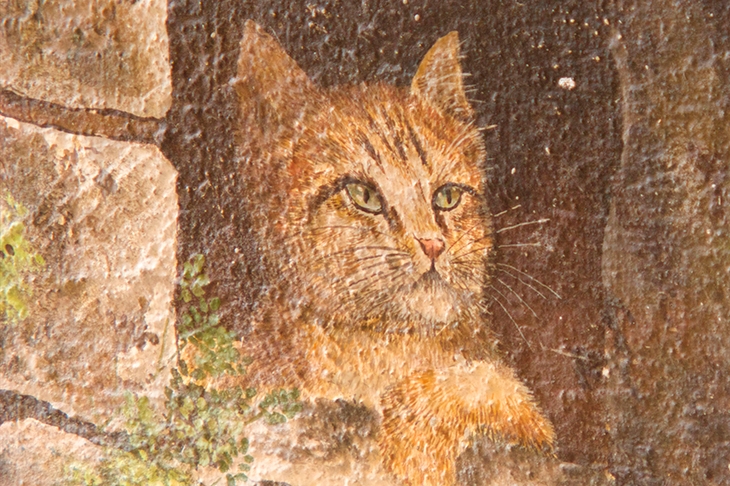
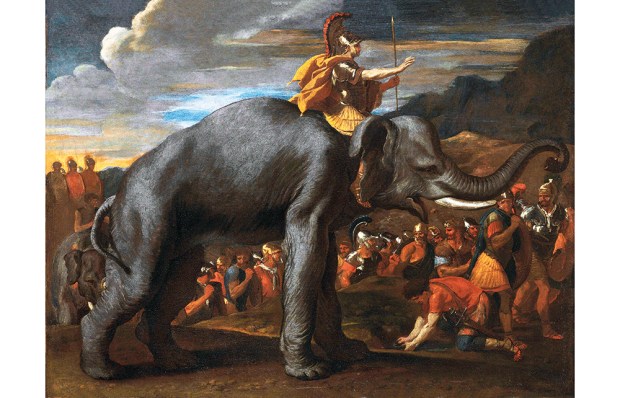
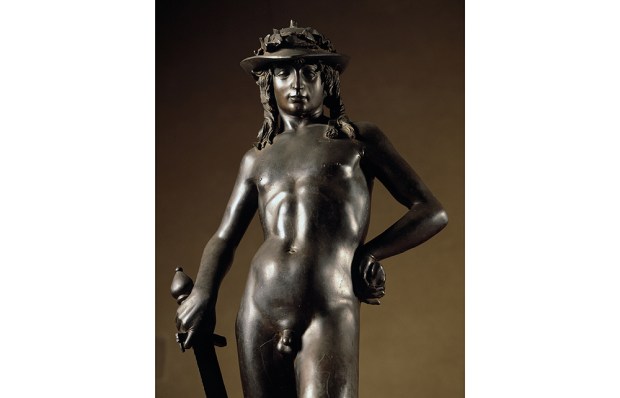
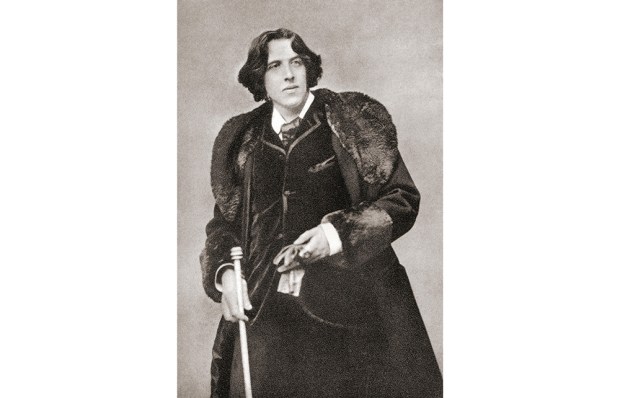


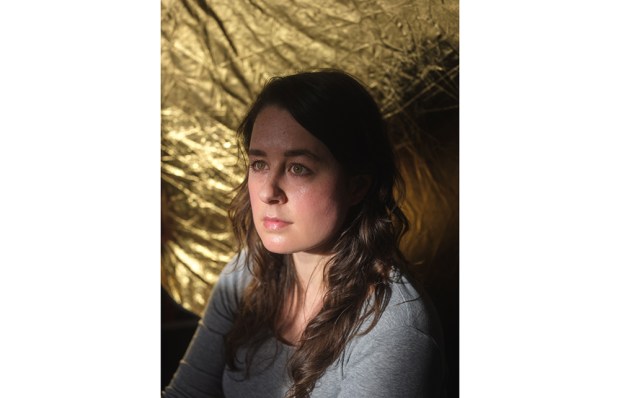






Comments
Don't miss out
Join the conversation with other Spectator Australia readers. Subscribe to leave a comment.
SUBSCRIBEAlready a subscriber? Log in